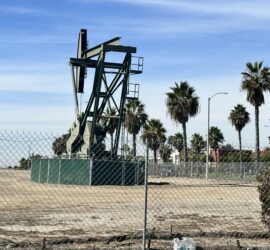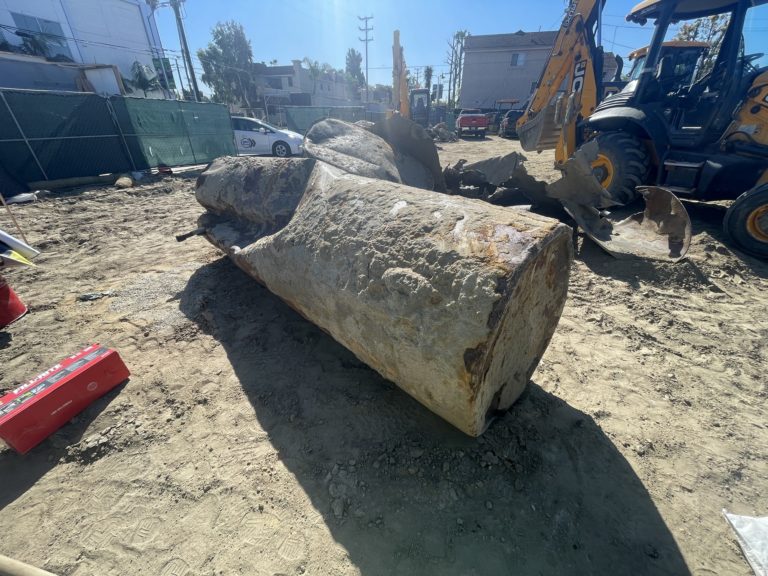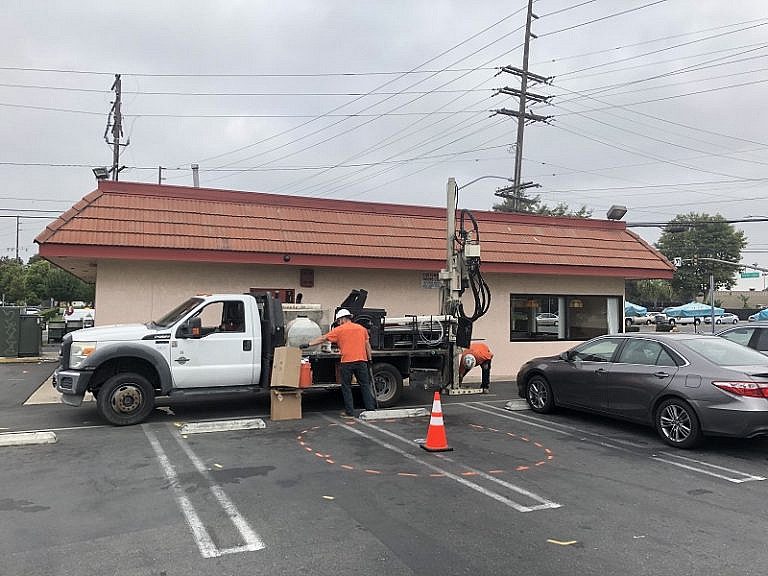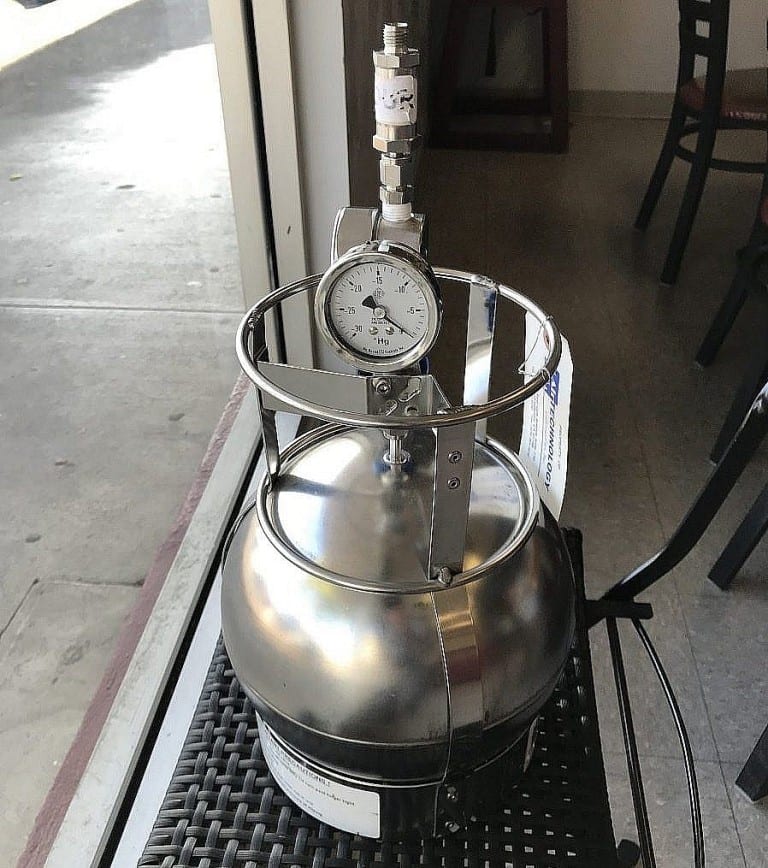Remedial Action Plan
A Remedial Action Plan, or Remediation Plan is a guideline that proposes a series of engineering and geological procedures, in order to feasibly perform contamination cleanup actions over a strategic period of time. When pollution exists on a property, at levels requiring cleanup, it is important to design the most appropriate course of action to carry out the environmental remediation process. The actions of the proposal are part of an intrinsic plan that will satisfy the requirements of agency regulators, achieve property owner goals, and ensure worker safety. Environmental professionals, such as geologists and engineers, typically prepare these guidelines. Updated April 9, 2024.
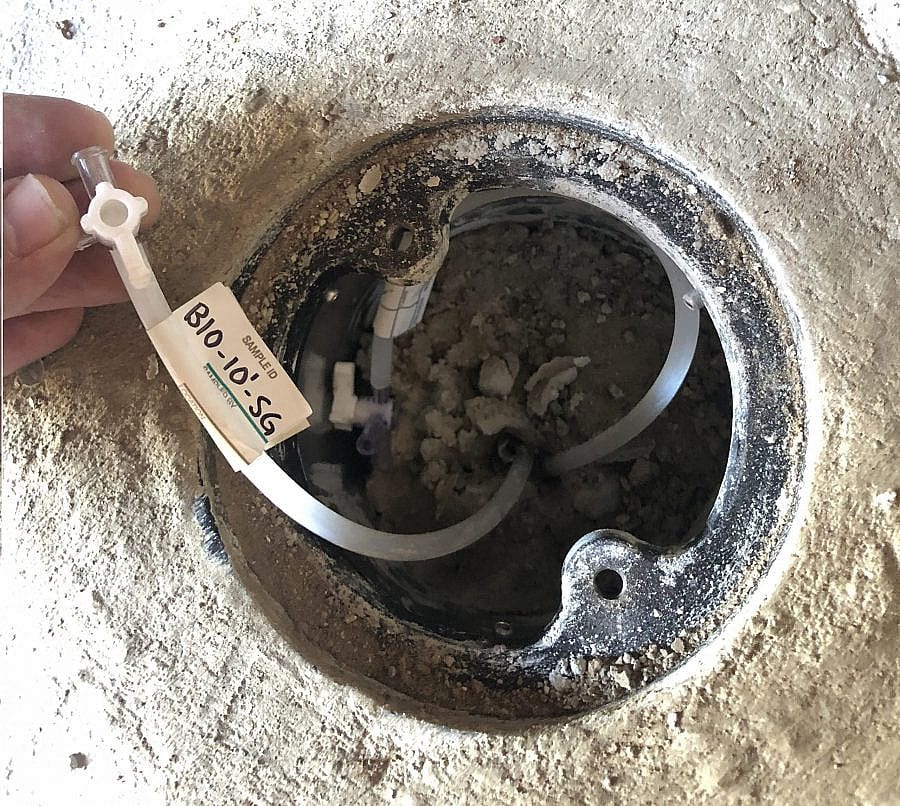
What is a RAP?
The term “RAP” stands for Remedial Action Plan. This is a document that outlines the course of cleanup action for the site. Technical professional consultants with special licensing prepare these procedures, under the regulatory oversight of government environmental agencies. The main requirements for a Remediation Plan are to outline which remediation methods are necessary, and why. Moreover, feasibility in terms of cost, time, and effort, is additionally a discussion point. Remediation Plans also explain what other methods may be considerable. Lastly, each RAP discusses the site-specific objectives, with a focus on reasonable time frames, cleanup goals, and case closure requirements.
Remedial Action Plan Prerequisites
While a Remedial Action Plan is the primary document dictating how the remediation will take place, there are other documents that inform the RAP and make its creation possible. It is critical to fully characterize the site in order to determine the best cleanup plan. Further, it is necessary to understand the levels of pollutants and health hazards by such chemicals at the site. This way, project planners can determine what the target levels are, in order to sufficiently reduce the exposure risks. This is achievable by conducting a series of studies, or remediation site assessments, that will gather the information necessary to produce an RAP.
Environmental Site Assessment (ESA)
Site characterization may include a Phase 1 ESA, Phase 2 ESA, and additional or “Phase 3” assessments. A deep understanding of the site, which is developed through this process, is the requirement before a Remedial Action Plan can be in place. Before the cleanup begins, it is important to conduct a thorough subsurface investigation to fully delineate the extent of the contamination. How deep did the chemicals travel? How widespread is the contamination? Did it reach groundwater? The subsurface investigations will gather background information on the site and reveal not only the type of contaminants but also subsurface conditions. For instance, soil type, depth to groundwater, etc. All this information is necessary in order to select the right remediation method.
Site Conceptual Model (SCM)
After proper site characterization, an initial Site Conceptual Model (SCM) becomes the requirement. The SCM is a document that includes all the environmental information throughout the course of the investigation. The purpose of an SCM is to outline the chemical source, migration pathways, and potential exposure risks. It will include written sections along with figures such as maps and tables. The Site Conceptual Model will present all the data to date, offer an interpretation of that data, and discuss the remedial methodology to implement. The SCM is a dynamic document that is subject to updates as the project progresses. Eventually, the SCM includes the successful closure of the site.
Human Health Risk Assessment (HHRA)
A Human Health Risk Assessment, or HHRA, is another key part of the process leading up to the Remedial Action Plan. An HHRA relies on and will present, much of the same information from environmental site assessment reports and site conceptual models. However, the HHRA focuses primarily on the risk to people with potential exposure to chemicals at the site. Toxicologists study the relationship between chemicals and illnesses and quantify the risk of diseases like cancer, on the basis of different levels of exposure to these chemicals. This information is then put into the reports and is usable as a guide to creating an HHRA. Afterward, the Remedial Action Plan can be written with a specific goal of reducing chemicals on-site to an acceptable level. At least to a point that is considered safe, as per the toxicologist.
Feasibility Study
As the site investigation progresses, it will become more clear which methods of remediation are potential candidates. To narrow down the choices to the best selection, a Feasibility Study will compare the pros and cons of each. This will require applying in-depth knowledge of each remediation alternative and assessing how it will be carried out at the specific site. Reviewing case studies or applying knowledge from past projects can be helpful in analyzing the remediation options.
RAP Components
At a minimum, a Remedial Action Plan must include the following components:
- Background: The first section aims to describe the background of the site. For instance, the location, past uses, current use, and basic features of the land. These are all components of the background section.
- Previous Investigations: The information obtainable during the prerequisite activities is also to be presentable within a Remedial Action Plan. For example, site characterization, site conceptual models, and human health risk assessments.
- Remediation Method: Next, the top remediation technique should be presented. There will also be an explanation of why this method was optimal, over other available options, per the feasibility study. Specific engineering details need not be present in the RAP, but a general explanation of how the system will work is a key component.
- Goals: What are the results and requirements? Clear objectives for remediation are necessary to report. Similarly, a remedial action plan must indicate what the chemical levels are reducing to, and how long the process will take.
- Monitoring: How will success be measured and confirmed? An on-going schedule should be planned for soil, groundwater, and/or vapor testing.
- Health and Safety: There should be a site-specific Health and Safety Plan included in the RAP. There are general safety requirements that apply to every remediation project, and specific considerations at each unique site.
- Regulatory Oversight: Finally, the RAP should address how regulatory compliance will be maintained. The plan should list the appropriate regulatory contacts along with all permits that have been acquired, or that will need to be applied for in the future.
Environmental Regulation Authorities
Many factors play a part in determining which government agency will have lead oversight of the remediation project. Each state has multiple Health and Environmental Agencies and they may have overlapping jurisdiction. It is important to determine who the appropriate authority is, as soon as it is decided that a remediation will take place. An environmental consultant will be able to assist in navigating the regulatory system, and a property owner may designate their consultant as an Authorized Agent to act on their behalf and lead correspondence with regulators.
Draft Remedial Action Plan
After all the previous sections have been addressed, it is time to write a Draft RAP. This is the first version of the plan, which describes the preferred cleanup alternative. The Remedial Action Plan requires a draft because it is necessary to receive approval from the appropriate regulatory agency before the plan can be finalized. Furthermore, the regulator may subject the Draft RAP to a 30-day period of public review and comments. The agency will then decide to approve, deny, or modify the RAP. As soon as the RAP is approved, the implementation can begin.
Remediation Plan Assistance
Clearly, the development of a Remedial Action Plan is a complex process. With so much at stake for the property owner, it is important to have a solid plan in place for their remediation project. Carried out effectively, remediation efforts can increase the property value and usability of a site, providing a financial and ecological return on the investment. A professional geologist, engineer, or contractor can always assist during every stage of contamination remediation.
Authors:
Written By: Michael Joseph Sabo
Edited By: Adam Azad Kaligi, PG

